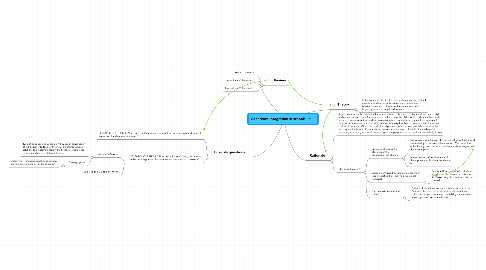
1. Lit. Review
1.1. School Culture Lit.
1.2. Institutional Coherence Lit.
1.3. Instructional Coherence Lit.
2. Possible questions
2.1. RESEARCH QUESTION 1: What does the literature reveal about the integration of institutional, instructional and cultural coherence?
2.2. RESEARCH QUESTION 2: How do institutional policy documents reflect an integration of cultural and/or instructional coherence?
2.2.1. Document Anaylsis
2.2.1.1. Type of language and vocabulary they use in construction of the documents; look for the inclusion of programs as solutions to problems posed in the SP; look for references to vision and mission statement values;
2.2.1.2. Strategic plans
2.2.1.2.1. Determine if language in policy documents are reflective of culture "on the ground."
2.2.2. Selected and Limited Interviews
3. Rationale
3.1. A gap exists within the education literature between coherence-as-alignment (accountability) and coherence-as-cultural (mission, vision, values, identity). Additionally, education has much literature on school cultural and curriculum alignment but rarely integrates them for mutual support. At the same time, the reality schools face requires them to interface with these two bodies of literature. Often, the curriculum alignment literature takes precedent because the funding mechanisms and/or mandates control these elements. School cultural takes on a secondary role, if any role at all depending on the pressure exerted by the accountability forces.
3.2. why does it matter?
3.2.1. increased efficiency if all elements of the organization are aligned
3.2.1.1. lack of an cultural framework does not allow for institutional sustainability to be part of the equation. The institution, quite literally, becomes all about the mandate/program with the most impact.
3.2.1.2. reference the business literature of the importance of cultural coherence, etc.
3.2.2. Schools don't need cultural coherence much less integrating that into it's instructional framework
3.2.2.1. School ARE supposed to be all about standards, curriculm and assessments ANYWAY - why does cultural coherence matter?
3.2.3. Can one exist without the other?
3.2.3.1. Perhaps. Instructional coherence is mandated to exist. Cultural coherence can exist outside of instructional coherence in spaces where accountability mandates are absent (private/parochial schools).
